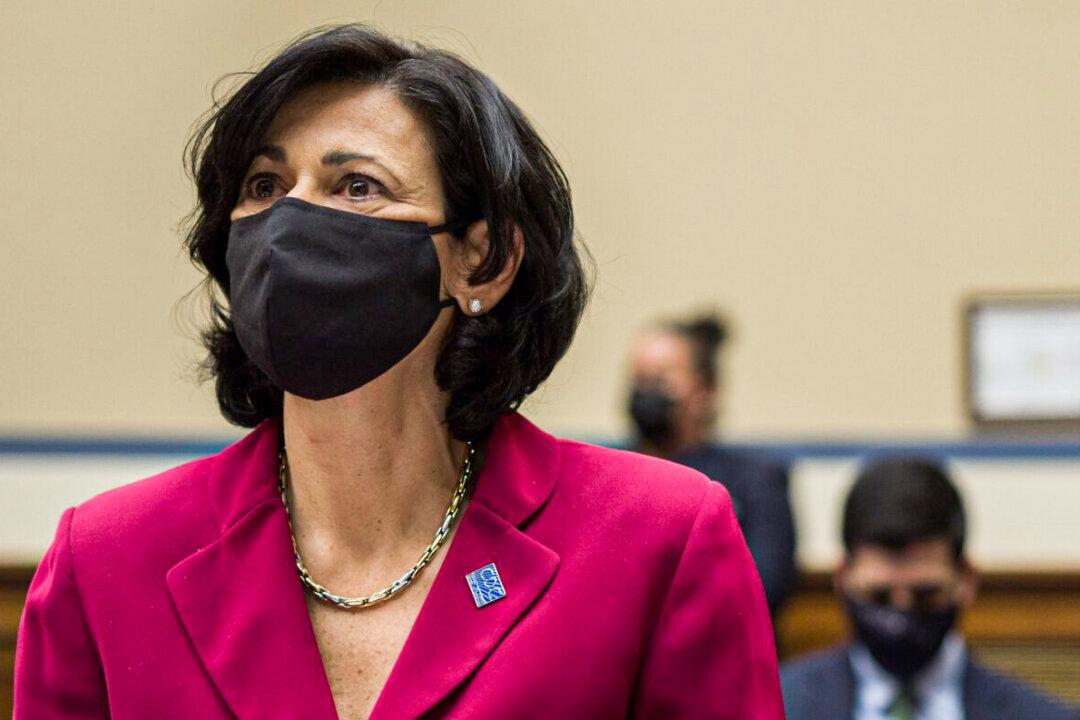More than nine in 10 Americans live in a county where COVID-19 risk is so low that they don’t need to wear a mask, according to a U.S. health agency.
The Centers for Disease Control and Prevention (CDC) on March 3 updated its community COVID-19 map, which estimates risk by county based on COVID-19 infections, hospital admissions, and hospitalized patients.





